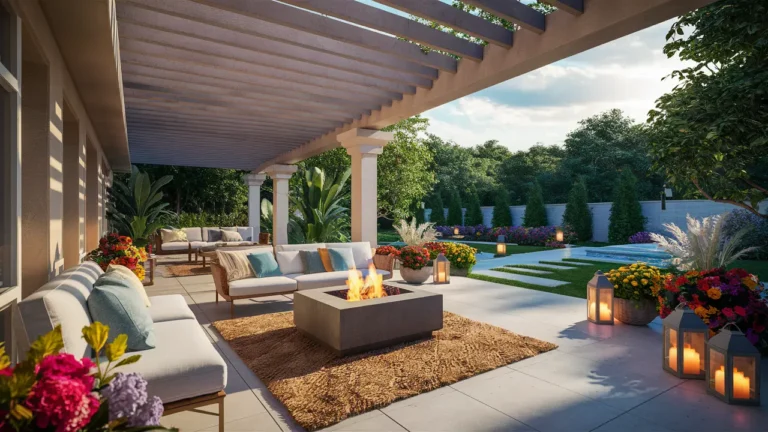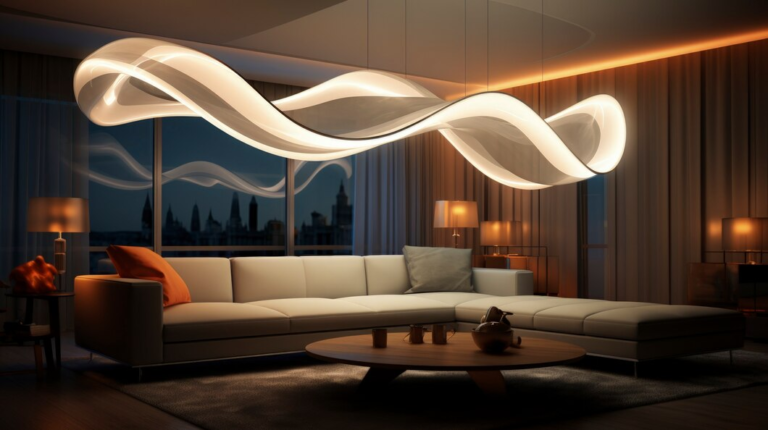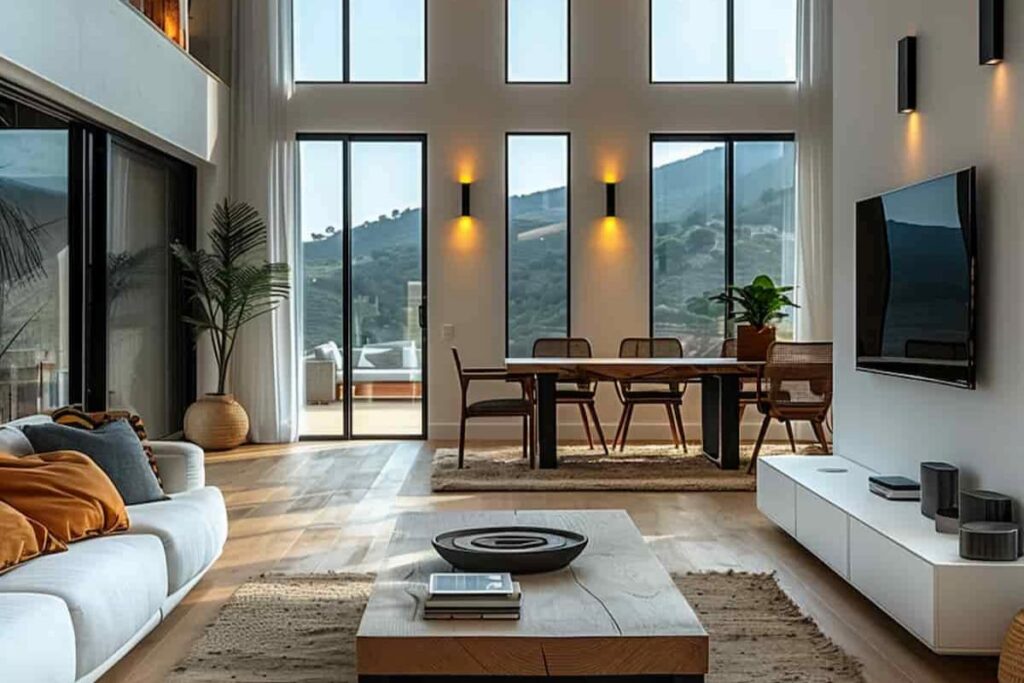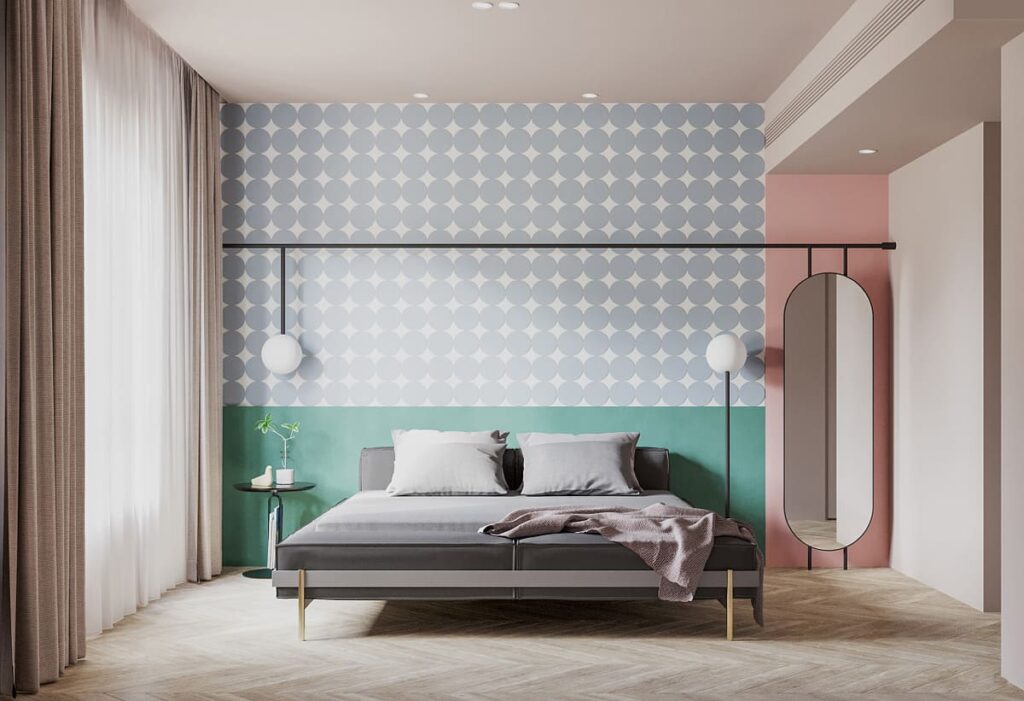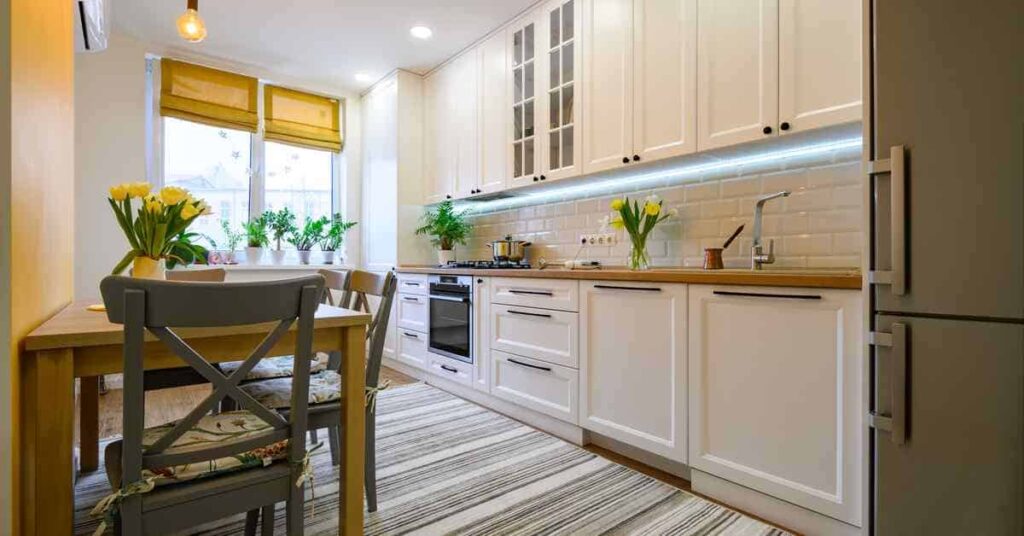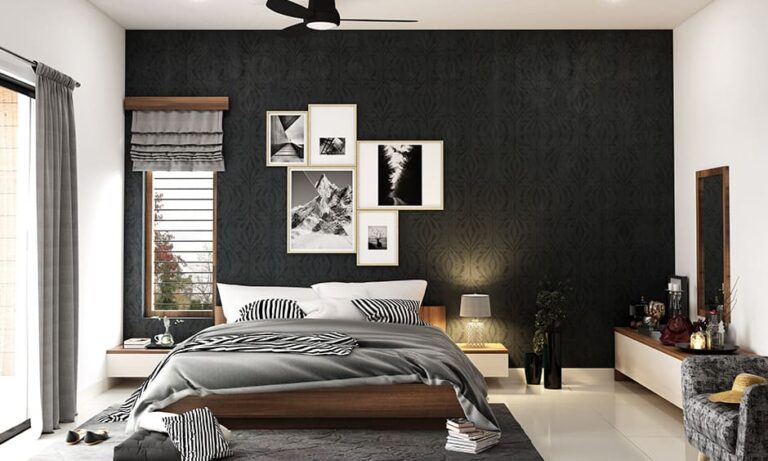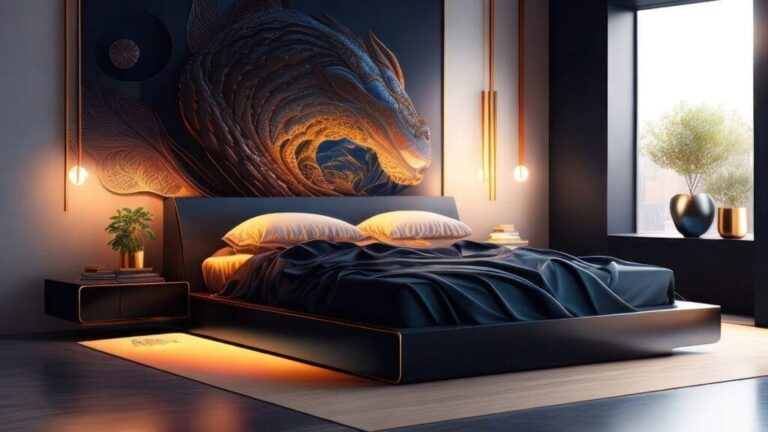In many modern homes, especially apartments and smaller houses, combining the living and dining areas is a practical solution to maximize space and enhance the flow of daily life. This design strategy not only saves space but also fosters a more social environment where cooking, eating, and relaxing can occur in one harmonious area. Here are some tips on how to effectively combine your living and dining spaces into a seamless and stylish area.
1. Define the Spaces with Furniture Layout
Strategic Placement: Use your furniture to subtly divide the room into distinct living and dining areas. For instance, a sofa can be placed with its back to the dining area, acting as a soft divider. Ensure the furniture is proportional to the space to avoid overcrowding.
Area Rugs: Utilize area rugs to define different zones without physical barriers. A plush rug can anchor the living area, while a more durable rug under the dining table can handle dining spills and define the eating area.
2. Maintain a Cohesive Design Theme
Unified Color Scheme: Choose a color palette that flows smoothly from one area to the other, maintaining a cohesive look. Neutral colors work well for larger items like sofas and dining tables, while bolder colors can be introduced through accessories.
Matching Materials: Incorporate similar materials across both areas. For example, if you have wooden furniture in the dining space, consider wood accents in the living area, such as wooden frames or a coffee table.
3. Invest in Multi-functional Furniture
Extendable Dining Tables: Opt for an extendable table that can be resized according to the occasion. This flexibility is ideal for those who might not need a large dining table daily but require extra space for entertaining.
Nesting Tables: Use nesting tables in the living area. These can be spread out for use during gatherings and tucked away when more floor space is needed.
Storage Solutions: Choose furniture with built-in storage to minimize clutter. Storage ottomans, couches with under-seating storage, and credenzas offer discreet places to keep everyday items out of sight.
4. Enhance Both Areas with Lighting
Layered Lighting: Employ a mix of overhead, ambient, and task lighting to create the right mood and functionality for each part of the room. For example, pendant lights over the dining table set the stage for meals, while soft lamp lighting in the living area creates a relaxed atmosphere.
Unified Fixtures: While the lighting functions may differ between the two spaces, the fixtures should complement each other. Choose lighting fixtures with elements that echo each other’s design to enhance the visual flow.
5. Accessorize Thoughtfully
Mirrors: Place mirrors strategically to make the combined space look bigger and brighter. A large mirror on one wall can visually double the space, reflecting light and the interior decor.
Art and Decor: Select art that complements the entire space. Consider large-scale pieces that can be viewed and enjoyed from both the living and dining areas, or a series of smaller, related artworks that link the two areas.
Conclusion
Combining your living and dining areas into a single cohesive space allows for greater flexibility, functionality, and flow in your home. By thoughtfully arranging the layout, choosing the right furniture, and maintaining a unified design theme, you can create a stylish and practical environment that maximizes your available space. This not only makes everyday living easier but also makes entertaining more enjoyable, as guests can move freely between relaxing and dining areas.



